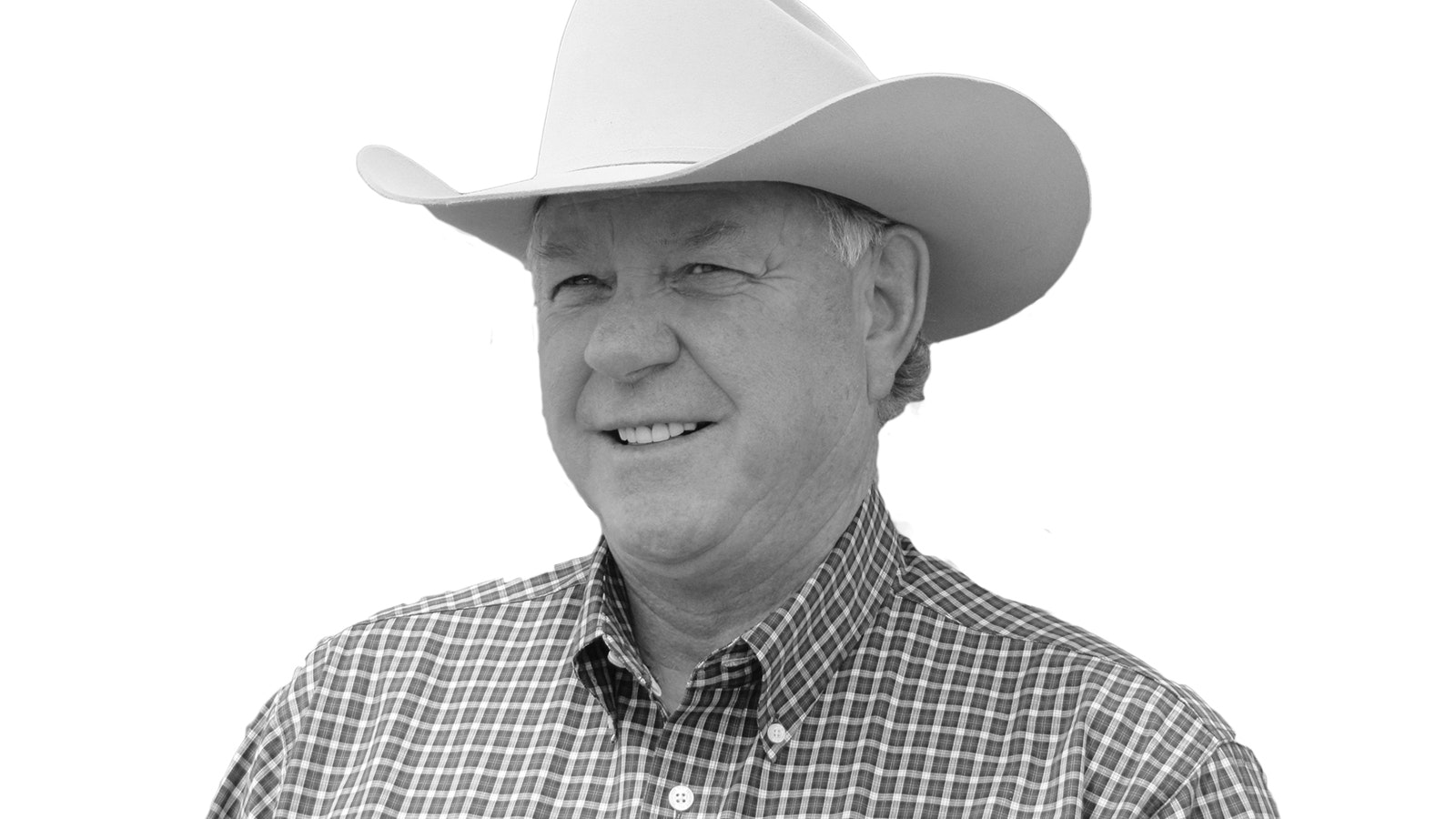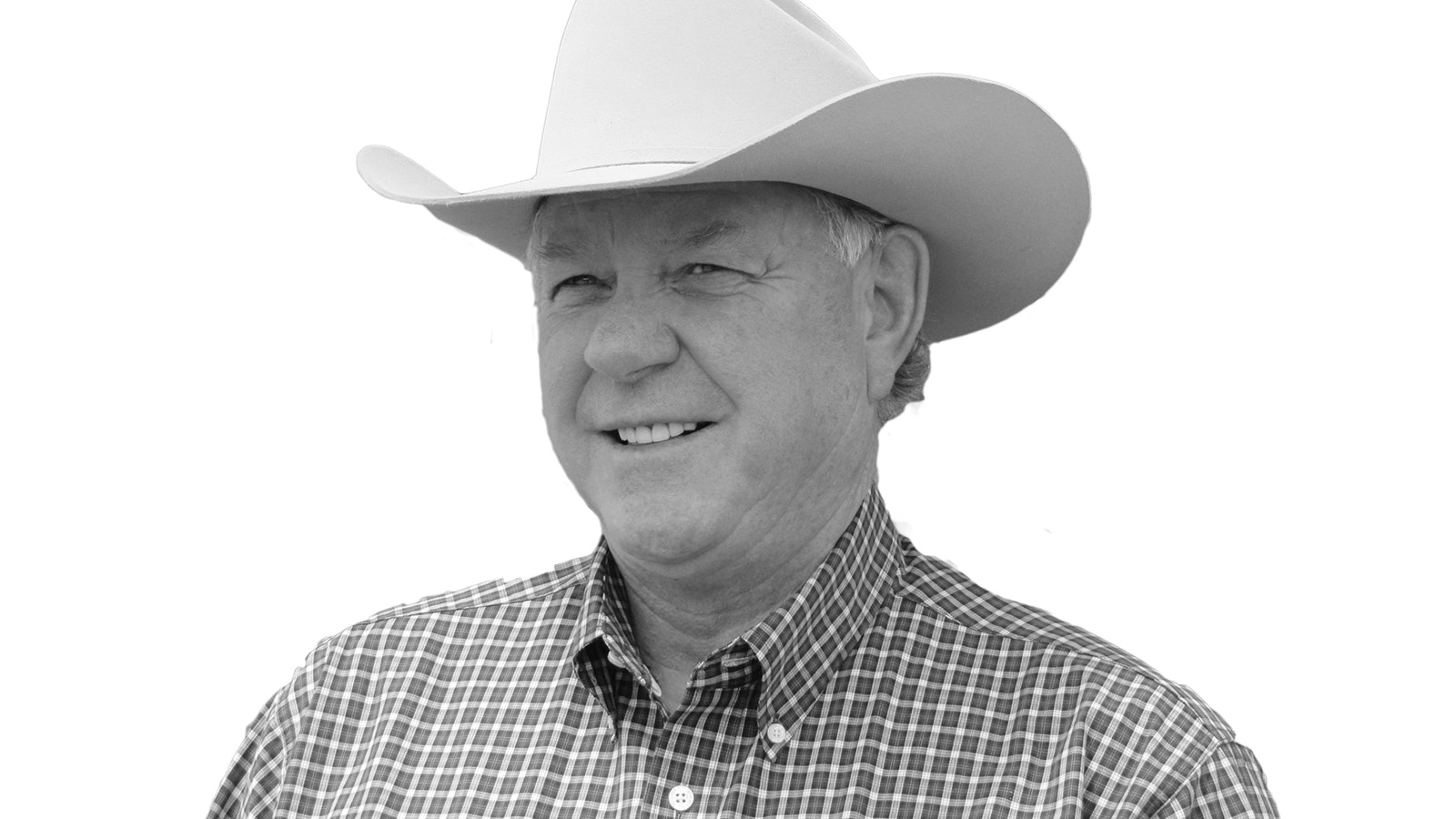A few months ago, many predicted livestock producers would start retaining heifers and cows to add numbers to their herds. So far, this hasn’t happened, and the trend for the number of cattle in the U.S. is less cattle next year.
Heifers are accounting for around 40 percent of calf and feeder sales, which tells us cattle producers are taking advantage of higher prices of cattle. I can’t blame them. Remember, money isn’t money until it’s in your pocket.
The price of cattle being processed has dropped some in the last month, and the drop in price has filtered down to cattle prices at the ranch.
The cattle market has dropped around 11 percent lately, making for a rough fourth quarter. The price of beef has stayed strong due to demand staying high, both at home and overseas.
This demand for beef has led to more beef being imported and less beef being exported. Developing countries are like American consumers – they want American beef.
American meatpackers processed nearly 635,000 head of cattle the week of Dec. 3. Processed cattle are down 4.7 percent from last year’s pace, and there is talk of more processing on Saturdays by meatpackers to meet the demands of the holidays.
A stronger U.S. dollar against most other currencies is adding additional challenges to exports and increasing import incentives. Total beef imports for October were up 17.4 percent over one year ago, pushing beef imports thus far in 2023 up 7.9 percent.
The current administration has allowed Brazil and Paraguay to import beef into the U.S., which is something we have to stop as they continue seeing cases of foot and mouth disease in those countries.
The best news lately is the final COP28 Climate Conference draft did not focus on agriculture and food. This news was not expected, as a good number of those attending were focusing on reducing cattle, food service and dairy, mainly in the U.S.
This misguided action didn’t materialize due to the fact a large number of ag, food service and meat organizations were in attendance from the U.S.
Those against agriculture and meat showed up with some over-the-board statistics on the nation’s climate damage. They were really against cattle production. Some said there was a big need to reduce meat consumption and wanted to do away with the dairy industry, saying it wasn’t important as a food source any more.
I wonder why they didn’t pick on India, with their high numbers of cattle. The U.S. has around 30 million head of cattle compared to India with their 309 million head of cattle and water buffalo. Worldwide, there are around one billion head of cattle, so they should pick on someone else.
The U.S cattle and dairy industries are already initiating practices to reduce greenhouse gas emissions, and we need to recognize the good they have achieved.
Working together and understanding the real facts about climate change will go a long way in helping the planet – the big stick will not.
An early news show I watched one morning interviewed a mad Al Gore, who was very disappointed in the final COP28 draft for leaving out agriculture, food and fossil fuels. It made me realize when Al Gore is mad, it’s a good day.
Dennis Sun is the publisher of the Wyoming Livestock Roundup, available online and in print.





